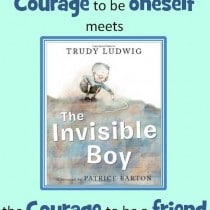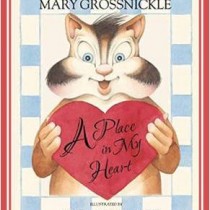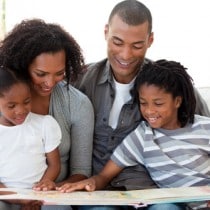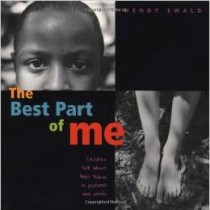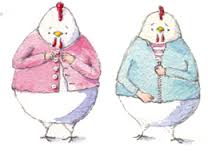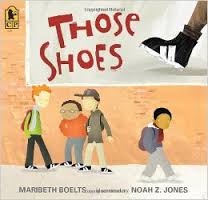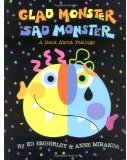Kids and Adults Face the Power to Choose–A conversation and a Book Review
Children enjoy being able to decide things for themselves. As parents we often make the bulk of the decisions in our children's lives. Most of us understand that decision making is a skill. Like all skills, mastery only comes through practice. Long before kids become proficient decision makers, they will plod through many errors in judgment. As parents, we face a learning curve too--when is it "safe" for kids to make a choice and when must the decision fall on our shoulders? Continue reading →



